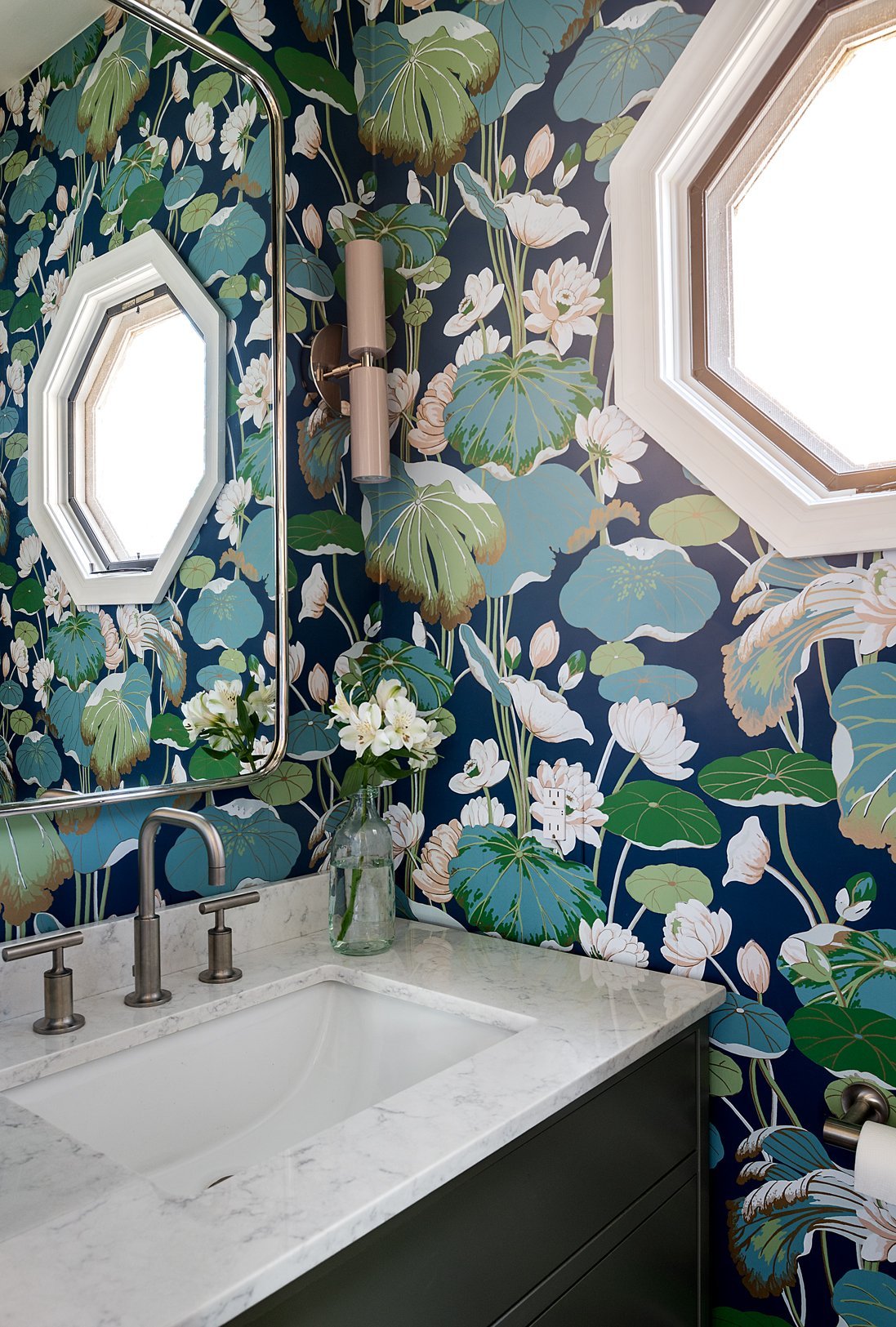Light Fixture Types
Lighting is one of those elements that can make or break an interior. There are several light fixture types available to compliment your space from a functional and aesthetic standpoint. I find the most successful lighting schemes utilize a combination of light fixture types.
Project: Craftsman Contemporary
Photo: Kate Raines
Pendant
These are mostly commonly seen over a kitchen island, but are also seen in commercial applications in hallways or over reception desks or benching systems. They are single lamps (bulbs) suspended from the ceiling and are a way of getting a light source closer to a particular surface. Often these light fixtures offer an opportunity to add a decorative accent that ties into the overall design concept.
Project: Evergreen Sunny Serene
Photo: Kristina Kroot
Chandelier
A chandelier is similar to a pendant in that it’s a fixture style that is also suspended from the ceiling. However, chandeliers tend to be more decorative and have several areas dedicated to multiple lamps (bulbs).
Although chandeliers used to be available in only traditional styles, there are more modern styles currently available.
Project: 1870 Victorian
Photo: Rebecca McAlpin
Flush-Mounted (Ceiling-Mounted)
As implied, the fixture is directly attached to the finished surface of the ceiling. There is no gap between the ceiling and the light fixture. These are often the easiest fixtures to install after the ceiling has been constructed and are a solution in spaces where recessed fixtures will not work.
Semi-Flush
Similar to a flush-mounted fixture, but a stem creates a space between the base of the fixture and the ceiling. These light fixtures often have the ability to provide semi-direct light, meaning that some of the light is directed downward while the rest is put towards the ceiling.
Project: Colorful Collingswood
Photo: Rebecca McAlpin
Sconce (Wall-Mounted)
In my experience, sconces are the most under utilized fixtures that can add a richness to a room. These are wall-mounted fixtures that can provide either direct or indirect lighting and depending on the style, the light may be distributed up, down, sideways or in multiple directions simultaneously. In addition, some styles can be mounted either horizontally or vertically. Be cognizant of the extension of the fixture from the wall and the mounting height, especially in hallways—you don’t want to run into them.
Project: Salt Lake City to Philly
Photo: Kate Raines
Track Lighting
Fixtures on a track system that is either directly-mounted or suspended from the ceiling. The track itself is pretty standard, while the options for the light fixtures themselves vary depending on the style you’re looking for.
These fixtures allow you to point light towards specific areas and choose the number of lamps, allowing for flexibility.
Project: Craftsman Contemporary
Photo: Kate Raines
Recessed
Commonly seen in both residential and commercial applications, these fixtures are installed above the ceiling making them the most minimal option.
There are typically several options for the trim—square or round and stainless steel, white or black are often standard options. I’ve even seen recessed fixture trim that can be plastered over for a seamless plaster ceiling.
Project: Travel-Inspired Bucks County
Photo: Rebecca McAlpin
Under-Cabinet Lighting
Most commonly used in the kitchen, these fixtures can either be individual pucks or concealed LED strips.
Distributing all light downward, these fixtures provide functional light on your countertop and also highlight any backsplash tile.







